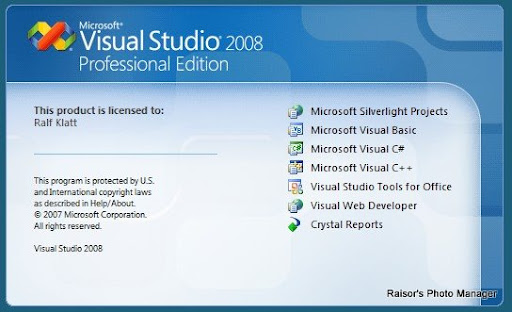Since many years I'm planning my own Travelers API ... containg the following collection of data:
• Geo Database with apx. 6 Million geocoded places worldwide organized by Countries, States & Administrative Divisions (Source: NASA)
• Electronic fact pages with all important facts about apx. 220 countries worldwide with ISO Country Codes (Source: CIA)
• US State, County, City & Town Database with apx. 50.000 geocoded US ZIP Codes (Source: U.S. Census Bureau)
• Germany State, City, Village and Streets Database with apx. 120.000 ZIP Codes and 250.000 Streets (Source: Collected on the Internet)
• Restaurant Database with apx. 250.000 restaurants worldwide with ZIP Codes and nearest Airport Code (Source: CHEFMOZ.ORG)
• Airport Database with apx. 20.000 airports worldwide with 3-4 digit Airport Codes (Source: Collected on the Internet)
• Hotel Database with apx. 50.000 hotels worldwide with ZIP Codes (Source: IAN.COM)
• Product Database with apx 3.500 tours, events and attractions (Source: VIATOR.COM)
• Content Data files with 1.8 gigabyte of all imaginable contents worldwide (Source: DMOZ.ORG)
• Product Database with apx. 1.200 working platforms (Source: LIFTPROFI.DE)
• Product Database with apx. 28.000 different goods to sell (Source: TRADEDOUBLER.COM)
• Basic Language Database with apx. 500 translations in 10 languages (Source: Collected on the Internet)
• Affiliate relations or partnerships with apx. 500 enterprises worldwide on all kinds of products in multiple languages
• Partner access to ZIP based Weather Services (US Local)
Would anyone like to join me on that project? Please don't hesitate to contact me!
 The most easiest way to explain why I'm using Visual Studio 2008 is having a look at Microsoft's product description. It's self-explaining as is ... but I'll take care to add some additional values from time to time!
The most easiest way to explain why I'm using Visual Studio 2008 is having a look at Microsoft's product description. It's self-explaining as is ... but I'll take care to add some additional values from time to time!




